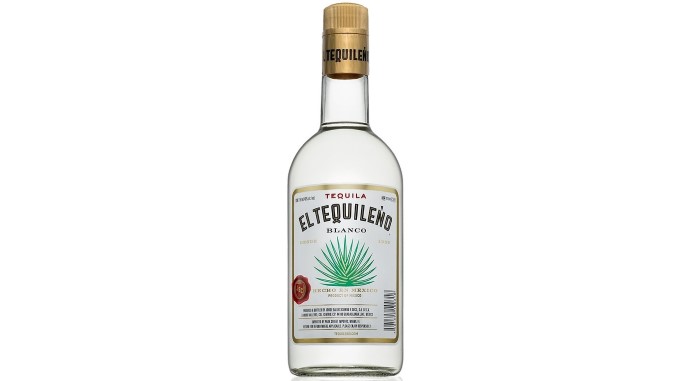El Tequileño Blanco Tequila Review
Photos via El Tequileno
In the last few decades, the typical American spirits consumer has notably evolved their relationship with tequila. Go back 20 years, and agave spirits had perhaps the least refined reputation of all the major liquor categories in the U.S., constantly depicted as the fuel for raucous partying, vice, blackouts or simply as the prime component (in a best case scenario) for the omnipresent margarita. Very few Americans thought of, or culturally depicted, tequila (and mezcal even less so) as a sophisticated spirit for neat drinking or elegant cocktails. This finally began to change in the push for the recognition of 100% agave tequila, and the rise of a premiumized segment of the category that slowly introduced more drinkers in the U.S. to versions of the spirit with more complex, agave-derived flavors.
Where does that leave us today? Well, many of the American consumers have thus absorbed the following lesson: 100% agave tequila is good, and anything less, i.e. “mixto tequila,” is bad. But such clear-cut distinctions can miss some interesting and unusual spirits, with El Tequileño Blanco as a prime, distinctly unusual example. This is mixto tequila, but held to a level of quality and sophistication not typically seen in this part of the tequila segment.
If you’re unaware, mixto tequila is the broad term referring to tequila in which the fermentables are derived from anything less than 100% agave pinas. That can mean any fermentable, but it commonly refers to cheap sugars used to thin out the resulting product in order to make inexpensive, bottom shelf tequilas suitable for mixed drinks. El Tequileño Blanco, on the other hand, seeks to premiumize this particular style through the use of 29% piloncillo in addition to the agave. Piloncillo is sometimes referred to as “Mexican brown sugar,” but that doesn’t quite do it justice–unlike American brown sugar, it is not refined white sugar with a small portion of molasses added back in, but unrefined sugar from earlier in the process. This means it retains more of the nutty, caramelized-type flavor, making it a staple in Mexican baking and cooking. Certainly, it’s an unusual bedfellow with the cooked agave that provides the typical fermentables for tequila, and it’s not something I’ve encountered before.
Regardless, El Tequileño Blanco Tequila is produced in Jalisco at NOM 1108, with pinas cooked in autoclaves before double distillation in copper pot stills. It is bottled at the standard 40% ABV (80 proof), with an approachable MSRP of $25. So with that said, let’s get to tasting this odd spin on blanco tequila.
-

-

-

-

-

-

-

-

-

-

-

-

-

-

-

-

-

-

-

-

-

-

-

-

-

-

-

-

-

-

-

-

-

-

-

-

-

-

-

-








































